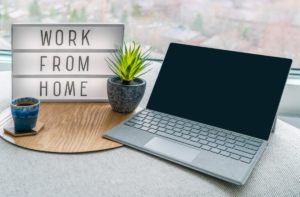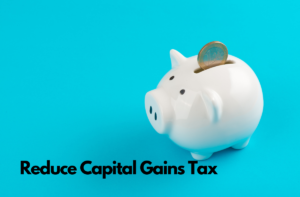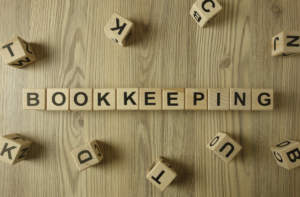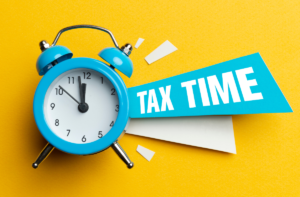
Saving up for an emergency fund
Saving up for an emergency fund

How Much Do You Need?
Even if you can only save a little, start now and keep saving regularly. For instance, putting away $20 a week into a dedicated savings account will give you over $1,000 in a year. That’s a solid start! But ideally, aim to have enough in your emergency fund to cover three months of expenses. This provides you with a comfortable financial cushion.
Tips for Building Your Emergency Fund:
- Set Up a Separate Savings Account: Create a high-interest savings account specifically for your emergency fund. Having a separate account makes it less tempting to dip into it for everyday expenses.
- Automate Your Savings: Arrange an automatic transfer from your main account (where your wage is deposited) to your emergency fund. Set it and forget it—watch your fund grow!
- Maximize Your Offset Account: If you have a home loan with an offset account, consider using it as your emergency fund. This not only lowers your home loan interest payments but also allows quick access to your money.
- Keep Adding to Your Fund: Whenever you receive extra money (like a tax refund), use it to boost your emergency savings.
When to Use Your Emergency Fund:
Keep your emergency fund for expenses that need immediate payment when other funds aren’t available. If it can wait, save up for a few weeks and pay from your saved money instead. And remember, if you do dip into your emergency fund, be sure to top it up again afterward.
All information was sourced from moneysmart.gov.au with the aid of copilot
Featured Articles
Key information on work from home deductions…
Fixed Rate For the 2023–24 income year, you can claim 67 cents per hour for working from home. This rate …

Starting a business? You’ll need to choose a business structure…
If you are starting a business, it’s important to choose the right business structure to suit your needs. As your …

Reducing capital gains tax
Did you know you can reduce your capital gains tax (CGT) bill by offsetting your capital gains with capital losses? …

Bookkeeping for small businesses
Why Bookkeeping Matters for Small Businesses: Organizing Information: Bookkeeping helps organize financial data, making it easier to understand and analyze. …

Growing your superannuation
Personal Super Contributions: You can boost your super by adding your own personal contributions directly to your super fund. If …

Lodging your tax return
A tax return is a document you submit to the tax authorities (such as the Australian Taxation Office, ATO) that …

Own an investment property? Implement this from the get-go to make taxation easier…
Don’t make the mistake of going into an investment without thinking about taxation. Let’s say your property is being used …


